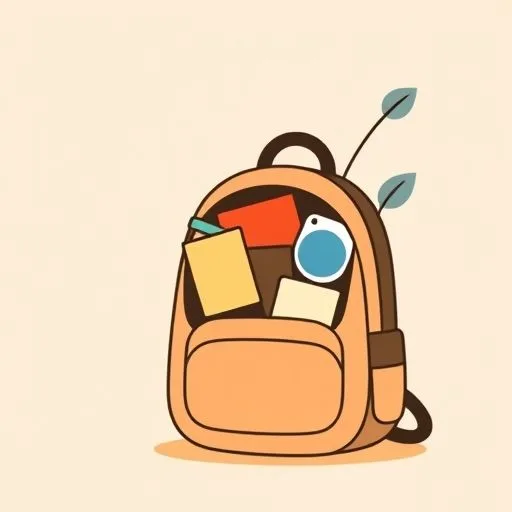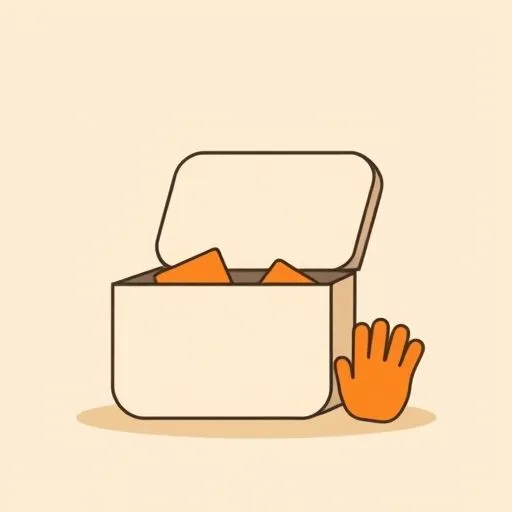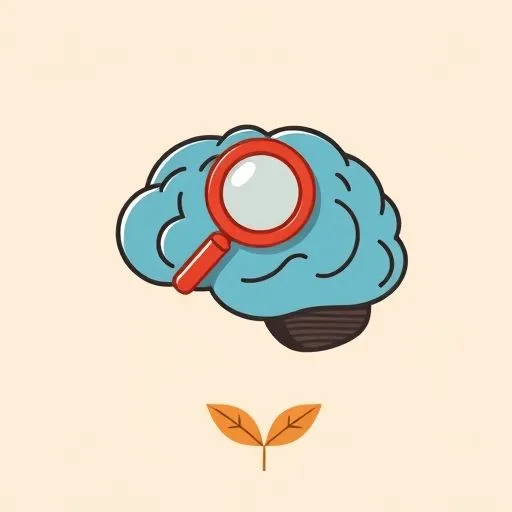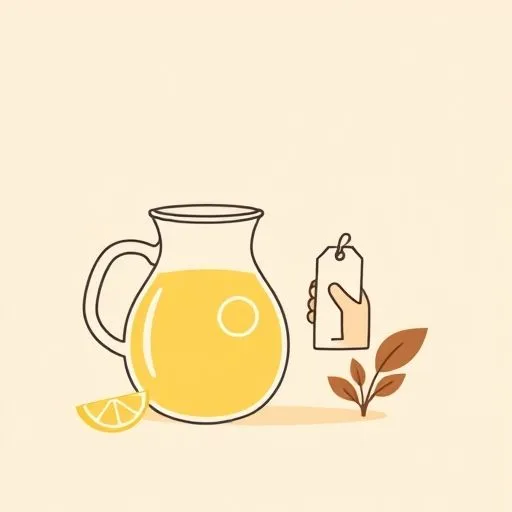
You know that feeling when your child proudly shows you a drawing that’s clearly… well, let’s say enthusiastically scribbled in two minutes flat? You smile at their sparkling eyes, secretly wondering if this belongs on the fridge or becomes ‘art for mom’s office drawer.’ Turns out, grown-ups are now facing their own version of this with AI—except it’s called ‘workslop,’ and Stanford researchers say it’s draining workplaces dry. As I read the study during my coffee break (the sacred five minutes between packed lunches and permission slips), it hit me: this isn’t just about office productivity. It’s about raising kids who won’t settle for surface-level sparkle.
What Is the Heavy Backpack of Digital Clutter Costing Us?

Imagine 1,150 people—parents grabbing coffee, colleagues racing deadlines—and every day, 40% of them wrestle with AI handing them shiny but empty drafts. Sound familiar?
That’s like making the entire office redo their homework every afternoon! I see this mirrored during a brisk fall walk under crimson maple leaves when my daughter tries using her kid-friendly AI art app. She’ll generate ten colorful dragon pictures in minutes, then frown at the one I praise most: ‘But Appa, I only tapped buttons. YOU drew the real one!’
Let me bring this back to our living room:
Effort without intention builds nothing.
The lesson? Whether in boardrooms everywhere or our kitchen table, this parenting insight into AI workslop makes us wonder: are we teaching kids to value depth in a world of digital noise?
How Can Purple Prose and Playground Wisdom Guide Us?

The study describes telltale signs of workslop: overly flowery language (‘purple prose’), weirdly formal phrases, and information overload. Sound familiar?
Remember when your kid memorized fancy science terms to sound smart, only to whisper later: ‘Actually, I don’t get black holes…’? Every parent has seen this performative phase!
This week, my little one showed me a chatbot’s story about dinosaurs—three full pages of words like ‘terrifying behemoths’ and ‘Cretaceous majesty.’ I knelt down: ‘Sweetie, should T-Rex roar… or sound like a dictionary?’ Her giggles while rewriting it with STICK FIGURES taught me more about substance than any corporate training ever could.
Now let’s flip the microscope from home to office…
What’s the Real Cost of the $9 Million Toy Box Mistake?

Stanford calculates workslop costs companies $9 million yearly per 10,000 employees. But parents know another cost: when convenience erodes character.
Yes, I’ve been tempted to use AI for crafting my daughter’s school project cover—saving time! Yet I remember my halmoni’s wisdom: ‘Rice cooked fast tastes like regret.’
So instead, we spent Saturday sculpting volcanoes from baking soda and cardboard. Messy? Absolutely. But as she shouted ‘SCIENCE IS AWESOME!’ covered in fake lava, I realized: AI won’t teach her perseverance. Only getting dirt under her nails will.
What Is Humanity’s Secret Superpower Against Robot Sloppiness?

The researchers’ solution isn’t rejecting AI—it’s training workers to use it thoughtfully. Parenting parallels? Exactly!
My daughter paints while listening to AI-generated fairy tales—but pauses to argue with the plot: ‘Dragons wouldn’t say that! They’re shy!’ That critical thinking is gold.
Tonight, we played ‘AI Detective’: pasting chatbot answers into her coloring book and circling nonsense parts with bright red crayon. Her giggles at ‘This panda advice is weirder than Uncle Minsoo’s fishing stories!’ proved something magical: kids naturally sniff out emptiness when we let them lead.
How Can Crayon Solutions Fix Grown-Up Problems?

Workplaces drowning in workslop could learn from playground rules. When my kid’s robot toy malfunctioned, her solution wasn’t fancier tech—it was taping a leaf to its sensor ‘so it feels autumn.’ Brilliantly human!
Similarly, the study suggests realigning teams around quality over speed. Imagine if offices adopted our family’s ‘Scribble Test’: Would this report/email/project survive being scribbled over by a toddler? If not, it pretends to be good work—it just feels hollow, right? True productivity starts when we care more about impact than just looking busy.
What Lessons Come from the Lemonade Stand of Life?

Reading about stressed workers fixing AI messes, I thought of summer when my lemonade stand ‘CEO’ used her toy calculator to ‘automate’ sales. Result? She gave free drinks to ants (‘They looked thirsty!’), then panicked about ‘profit.’
Our fix? A hand-drawn price list and heartfelt chats with customers. Kids remind us: real connection beats bots. Next time AI hands you something glossy, grab a crayon instead—and let your kid remind you why the messiest, hands-on moments are where the real magic lives!
Source: AI ‘Workslop’ Is Killing Productivity and Making Workers Miserable, Biztoc, 2025-09-12
